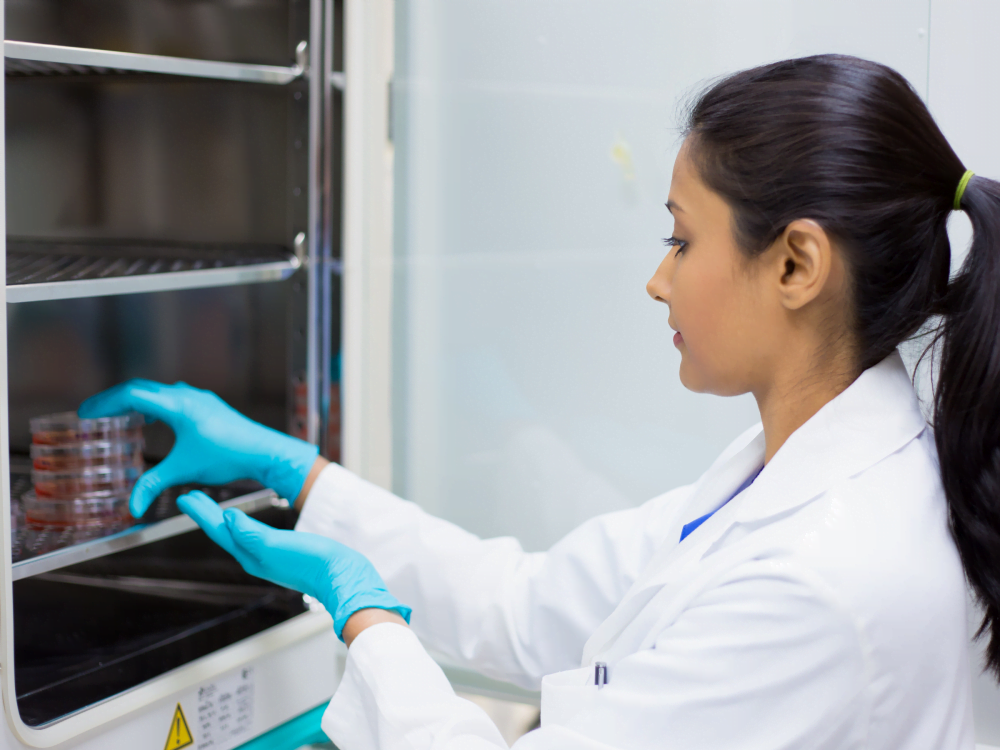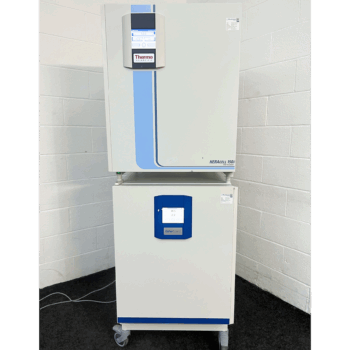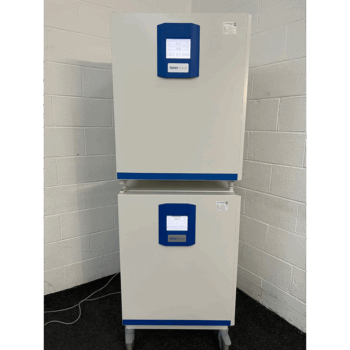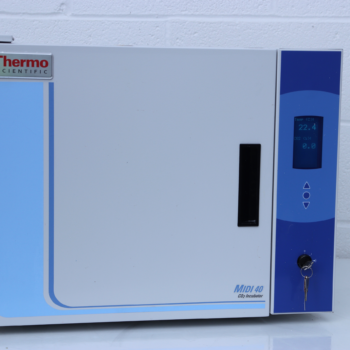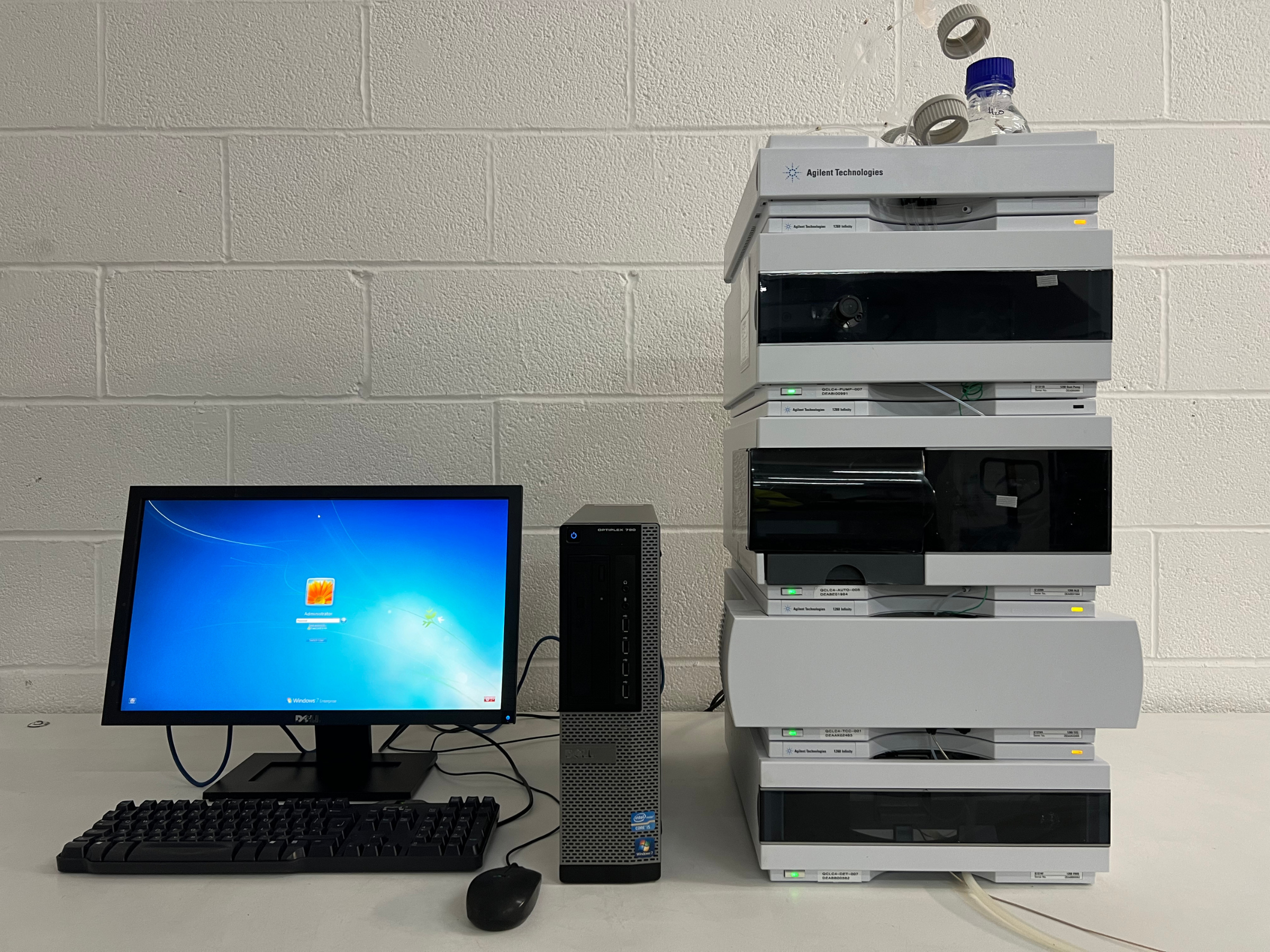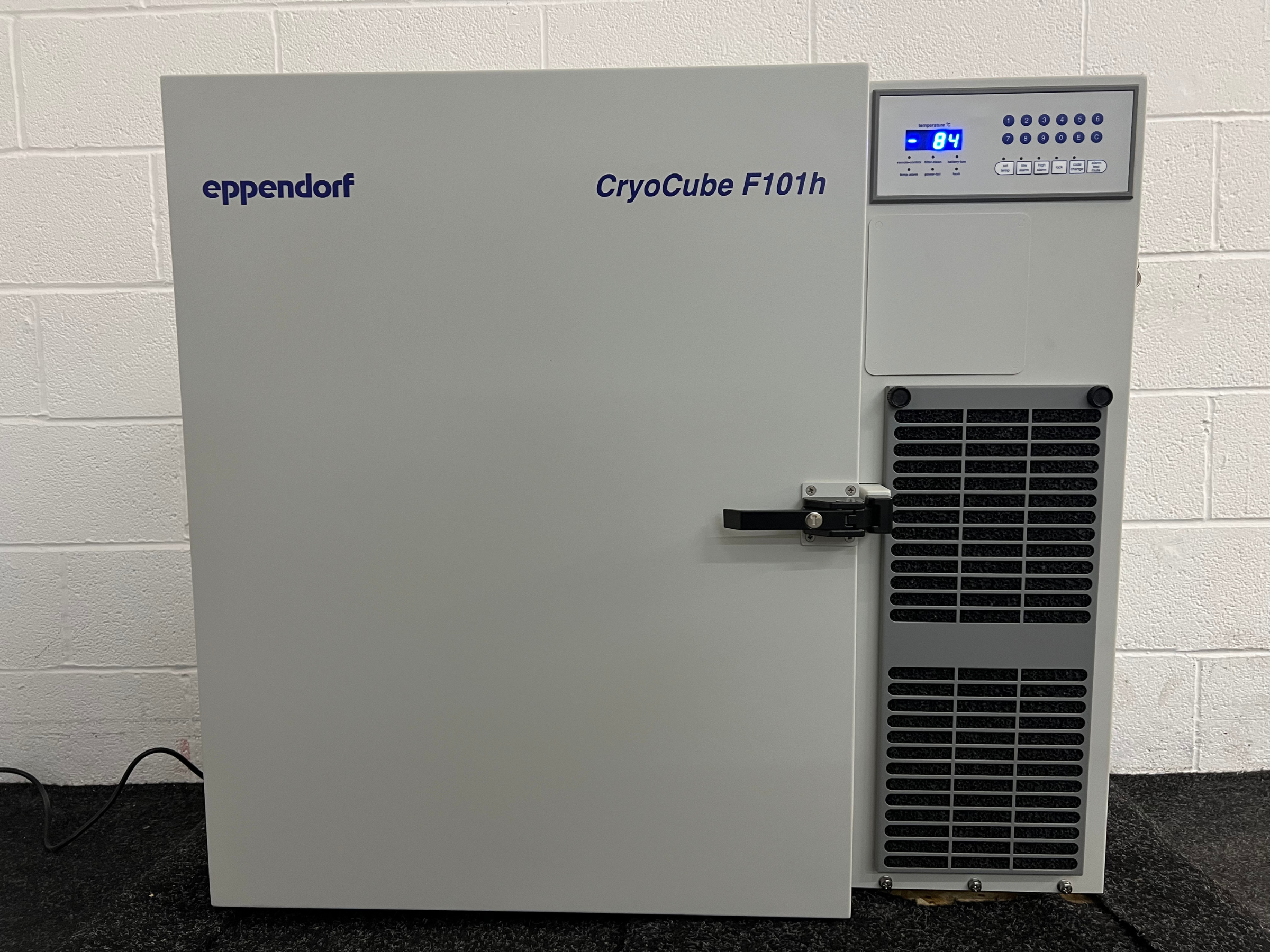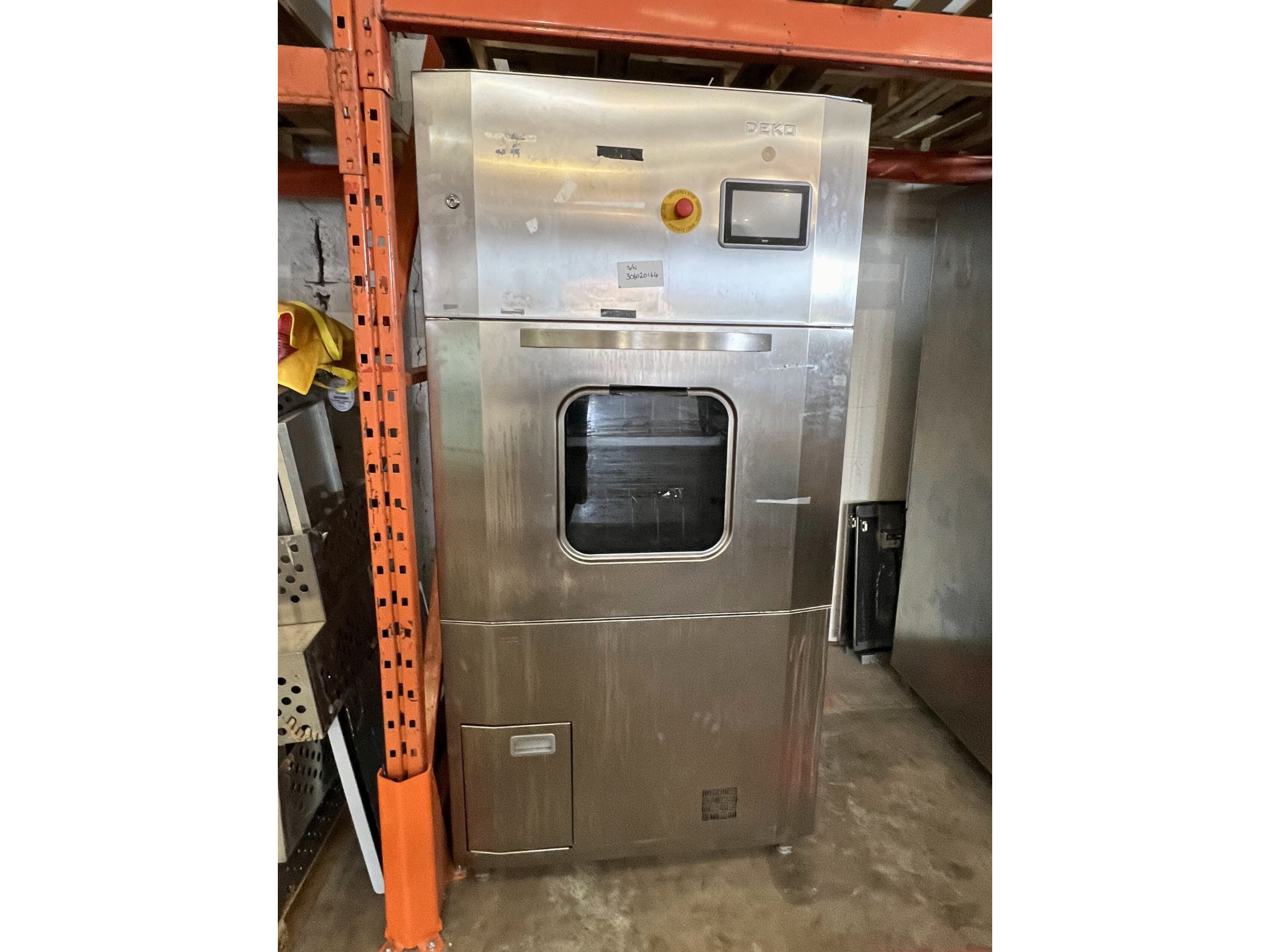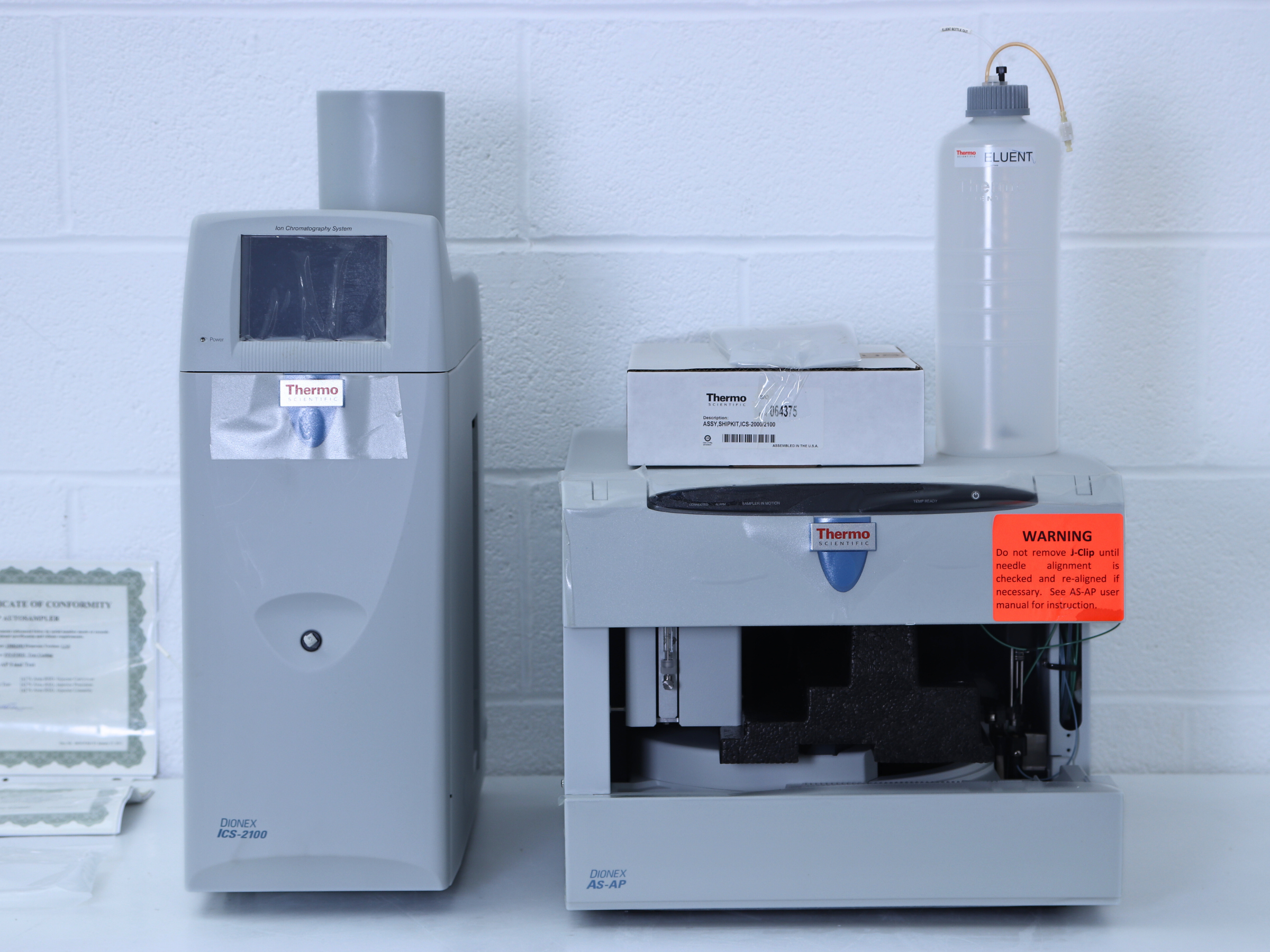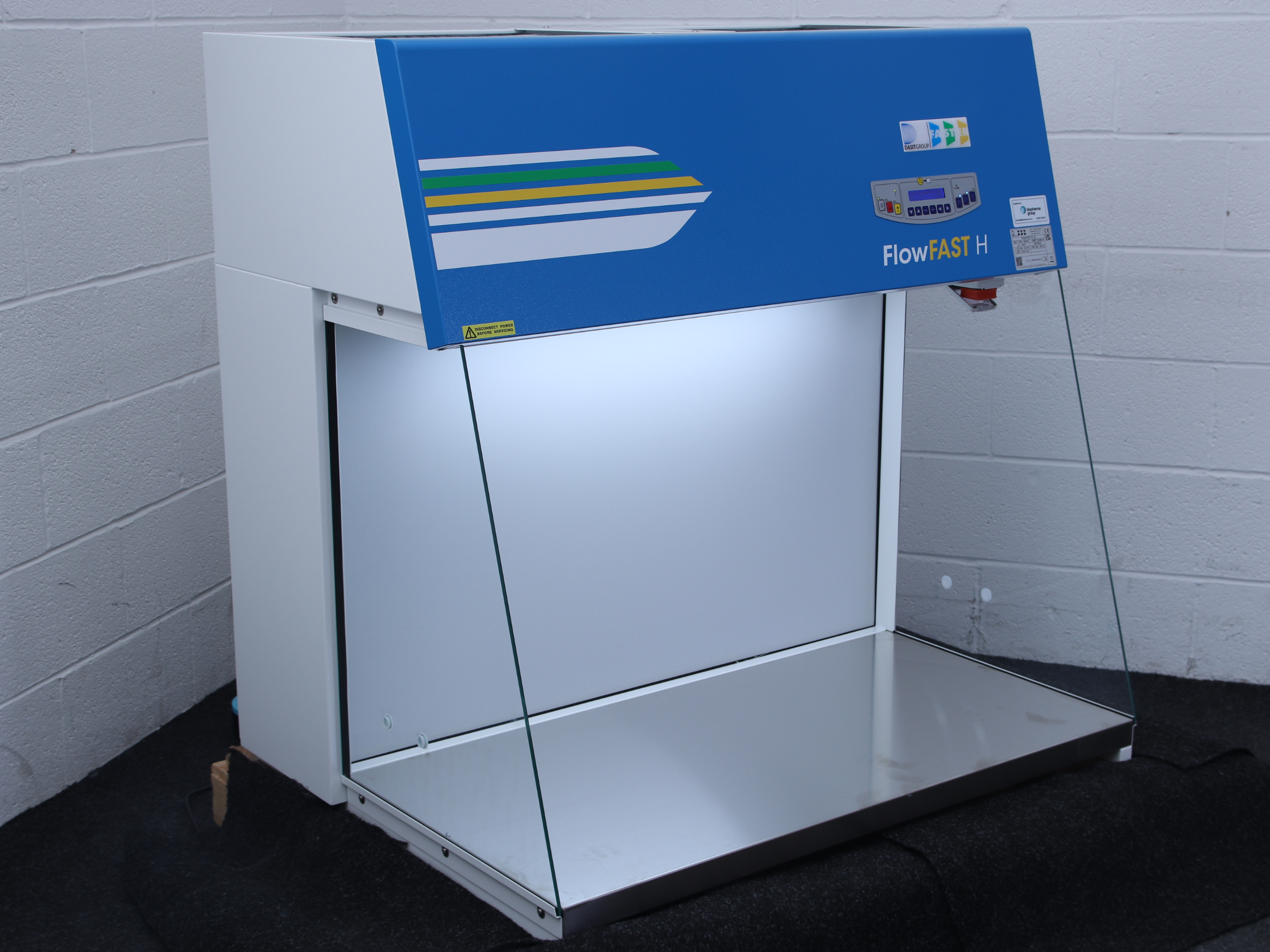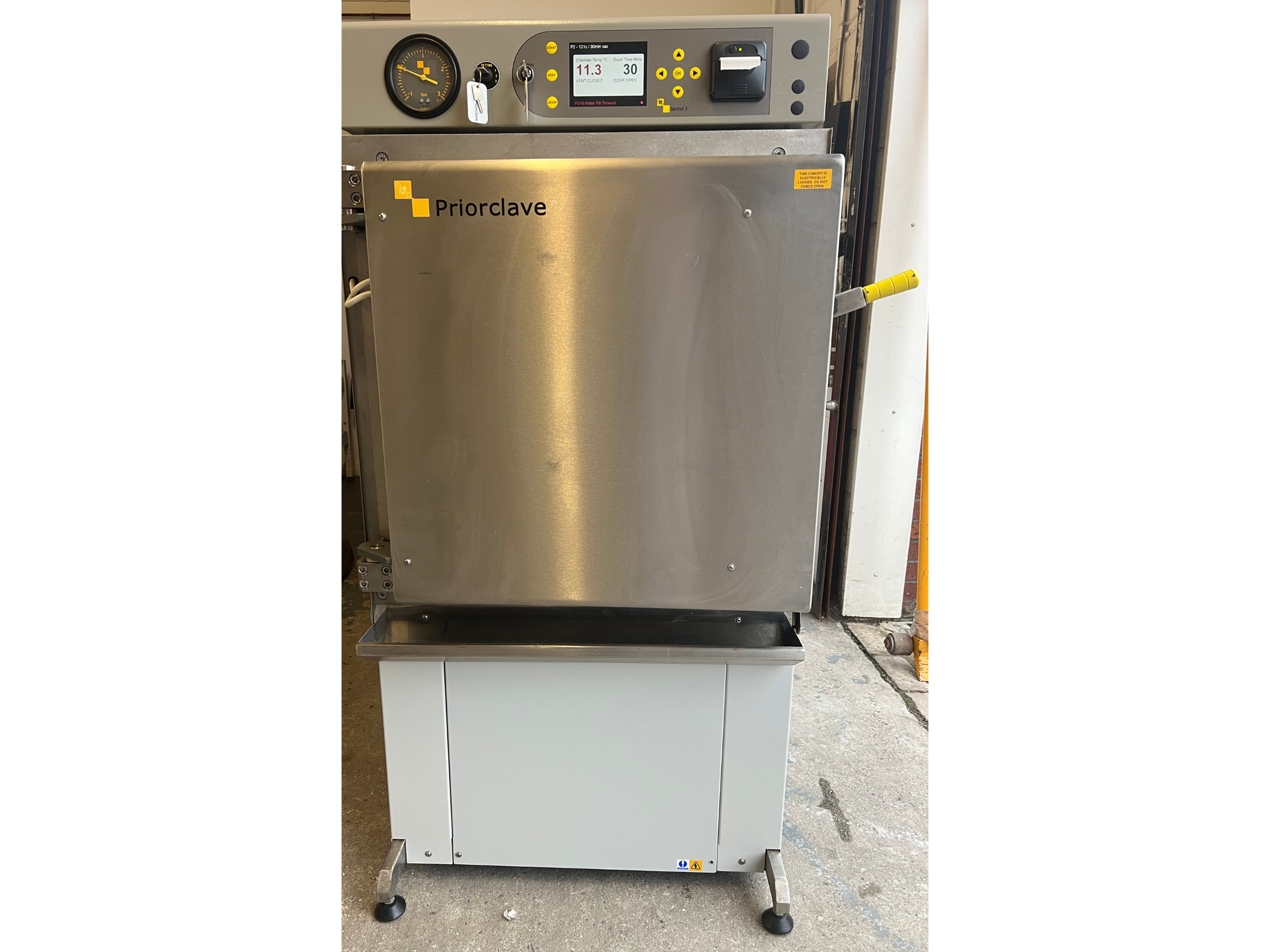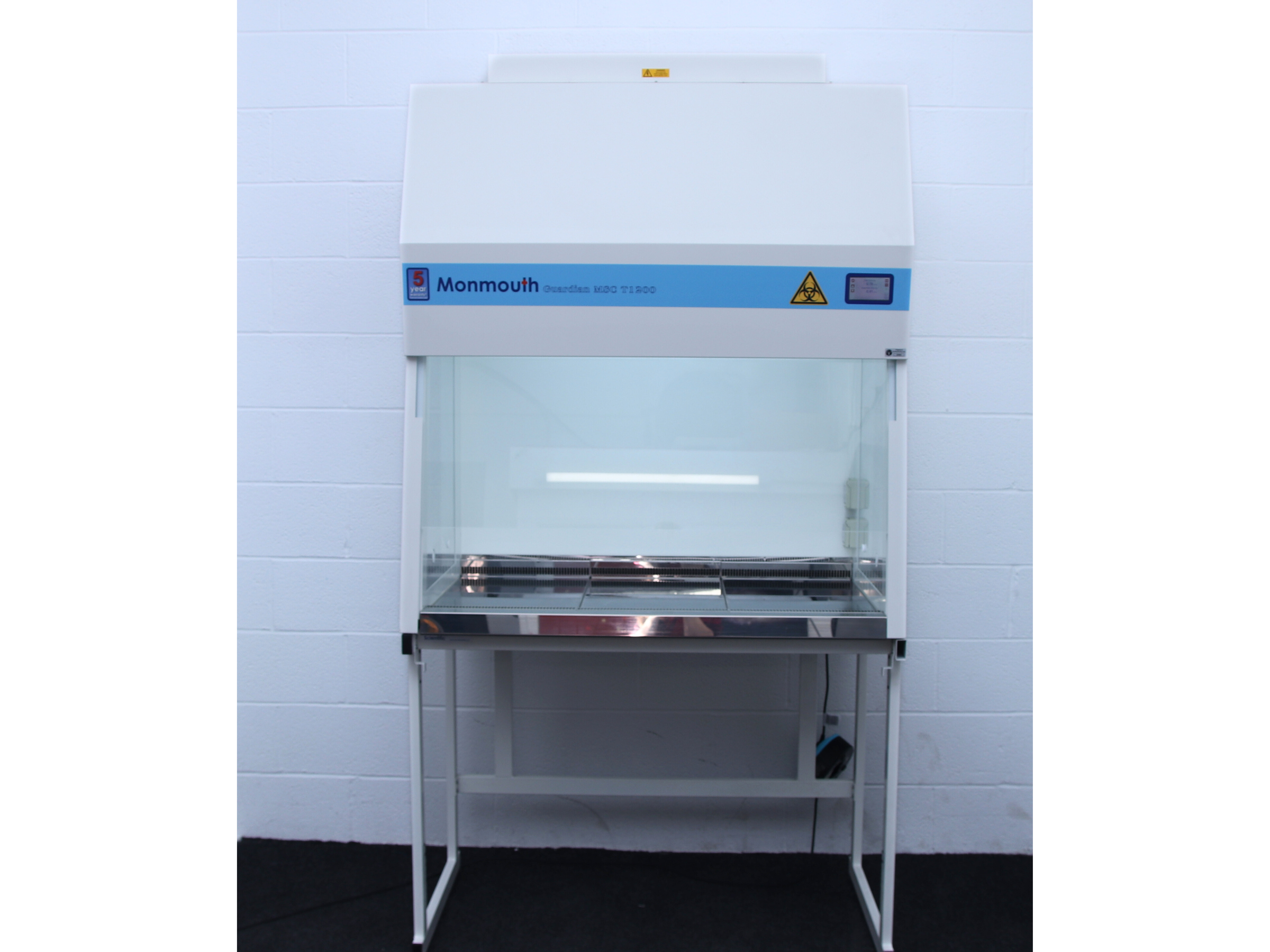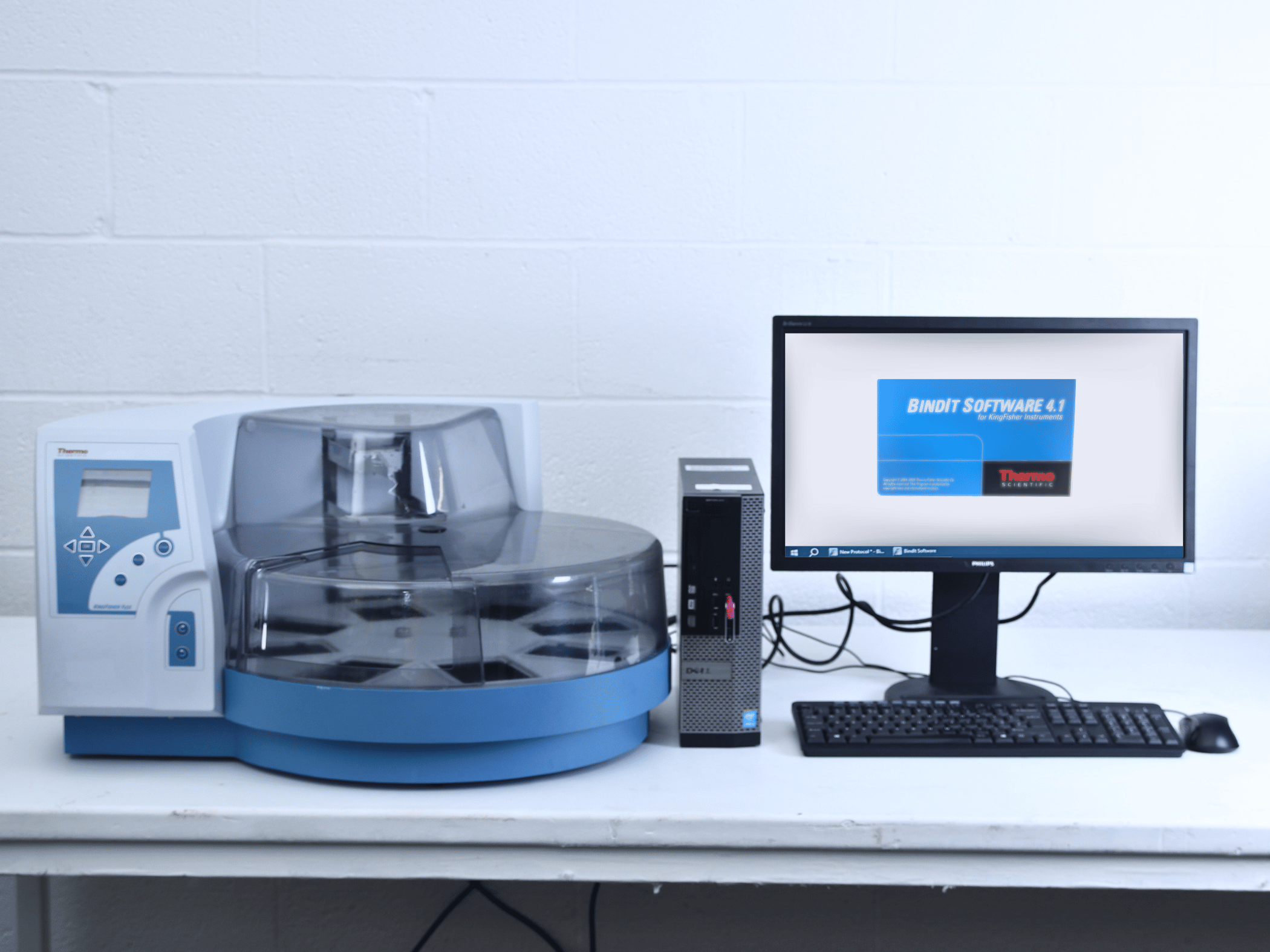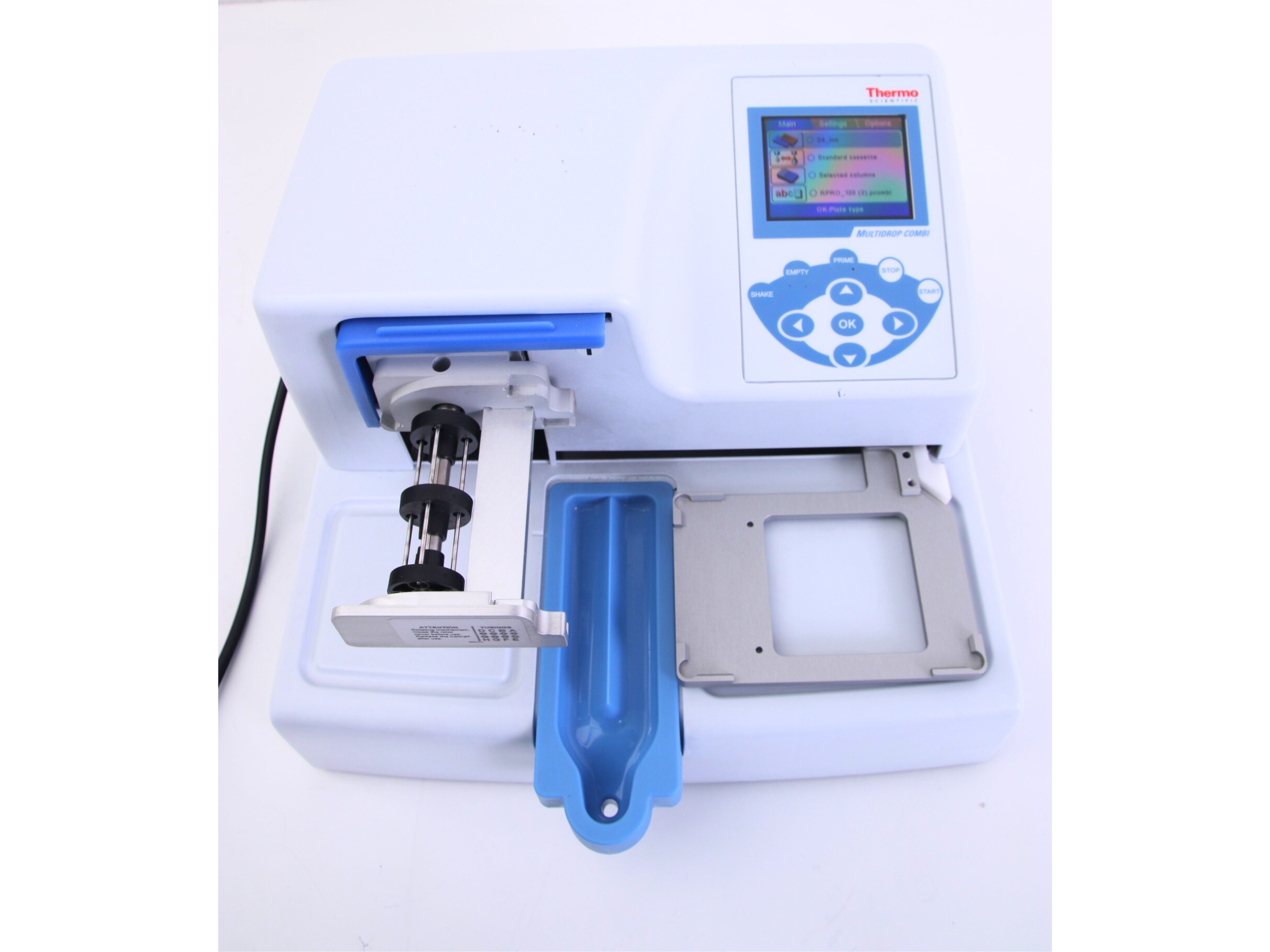Incubators are chambers with controlled environmental conditions, such as temperature, humidity, CO2 concentration and air flow. They are used for growing biological samples, such as microbiological cultures or tissues, or for maintaining an optimal environment for sensitive storage.
1. Temperature
Do you need the ability to cool samples with a cooled incubator? Do you need to heat to boiling, or just maintain a steady 37°C? Incubators come in a wide variety of temperature options to suit many applications.
2. CO₂
Some applications, particularly for cell growth or BOD testing, require CO₂ control. Different CO₂ incubators have different limits for %CO₂ , so be sure to check what you need.
3. Humidity
Many applications, including tissue cultures, plant growth and environmental samples, require humidity control. Check how humidity is generated within the chamber – Some incubators use steam humidity, while others use piezoelectric vibrations. Vibrations use less energy and are usually more efficient, while steam generators are better for studies where vibrations are unsuitable.
4. Shaking
Incubator shakers can be beneficial for solubility testing, cell aeration or cell cultures. Depending on your application and throughput you may prefer to have a dedicated shaking incubator instead of putting a separate shaker inside a large incubator.
5. Air flow
The type of air flow within the unit may be important if you are using very sensitive samples, or need absolute consistency throughout the incubator. A natural convection incubator may be preferred if your samples are very delicate or sensitive to drying out, while a fan-assisted unit will ensure better uniformity throughout the chamber. Many incubators have adjustable fan speeds, giving you the best of both worlds.
6. Efficiency
Many labs are looking to improve their carbon footprint, and reduce their energy bill. Have a look to see whether energy efficiency data is available for your incubator, as well as other features such as high quality insulation and double doors.
7. Capacity
Consider the size and shape of your incubator. Do you need to introduce additional equipment inside the chamber? How many shelves do you need for samples? Will you be sharing this incubator with other users? In order to improve efficiency and keep running and maintenance costs down it is best to make sure you don’t go too big, however you may like to consider future-proofing if you expect to be scaling up testing in the coming years.
8. Controls
Are you looking for an easy plug-and-play system with basic controls? Or do you need the ability to precisely control ramps and parameters? Some of our most basic incubators have a temperature control button and LED display for simple control, while others have complete integrated monitoring systems for precise control, event logs and pre-programed settings.
9. Equipment port
Many incubators have a port in the side of top of the chamber, allowing the user to feed cables for monitoring or process equipment. This allows you to use cameras to monitor samples remotely, introduce shakers or mixers, or use additional probes for environment monitoring.
10. Cost
Possibly the most important consideration for many labs is the cost of the unit. Buying second hand lab incubators can be a viable option for people looking for a quality instrument without the high price tag.
Want to stay up to date with the latest offers and news? Sign up for our newsletter here
What is the difference between an incubator and an environmental chamber?
As a general rule, an incubator provides an ideal environment for the sample, allowing for growth or optimal storage storage; whereas a stability or environmental chamber simulates an extreme environment, allowing samples to be exposed to extremes and then tested for how they react. There is, however, overlap between how these units are used, and there are of course no hard and set rules about how they must be used in your lab.
